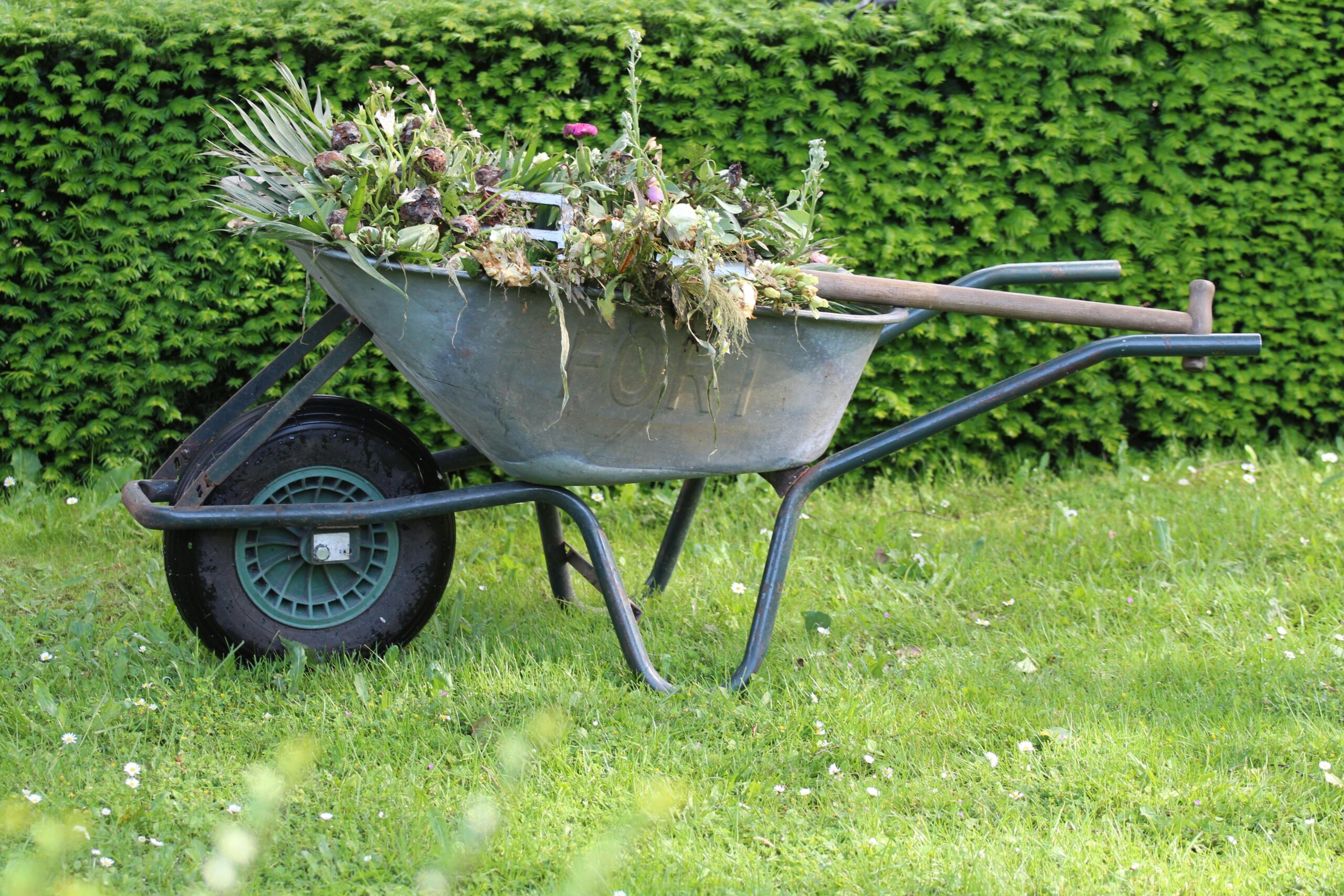Battling weeds is an ongoing challenge for gardeners and homeowners alike, requiring both preventative approaches and effective removal techniques. A comprehensive weed management plan combines multiple strategies to keep unwanted plants at bay while protecting your desired vegetation. This article explores practical methods for preventing weeds from emerging in the first place, as well as various options for removing existing weeds from your lawn and garden beds, including both conventional and organic weed removal techniques.
Understanding Weeds and Their Growth Patterns
Before implementing lawn weed control strategies, it’s helpful to understand what makes weeds so persistent. Weeds are opportunistic plants that thrive in disturbed soil and empty spaces. They typically produce thousands of seeds that can remain dormant in soil for years, waiting for the right conditions to germinate. Many weed species also have aggressive root systems that allow them to outcompete desirable plants for water and nutrients. This understanding informs more effective prevention and control measures tailored to your specific weed challenges.
Preventative Measures for Weed Control
The most efficient way to deal with weeds is to prevent them from establishing in the first place. To prevent weeds in garden beds, start with a clean slate by removing all existing weeds before planting. Apply a 2-3 inch layer of organic mulch around plants and in pathways to suppress weed growth by blocking sunlight. Options include shredded bark, compost, straw, or even newspaper covered with a more decorative material. Refresh mulch annually as it decomposes.
Another effective preventative measure is the use of pre-emergent herbicides, which create a barrier that prevents weed seeds from germinating. These should be applied early in the growing season before weed seeds sprout. For those seeking natural alternatives, corn gluten meal serves as an organic pre-emergent option, though it may not be as effective as chemical versions.
Maintaining dense, healthy turf is one of the most overlooked lawn weed control strategies. Properly fertilized grass that’s mowed at the correct height (typically 2.5-3.5 inches for most varieties) will naturally crowd out many weeds. Overseeding thin areas of your lawn in fall or spring helps eliminate bare spots where weeds readily establish.
Manual Weed Removal Techniques
When prevention fails, hands-on removal becomes necessary. Hand-pulling is the most precise method of organic weed removal, especially effective for annual weeds with shallow roots. For best results, pull weeds when the soil is moist after rainfall or irrigation. Grasp the weed at its base near the soil line and pull upward to remove the entire root system. This approach is labor-intensive but environmentally friendly and immediately effective.
For larger areas or persistent weeds, specialized tools can make the job easier. Long-handled weed pullers allow you to extract weeds without bending or kneeling, while hoes and cultivators work well for clearing larger areas. According to experts at AskHomey, investing in quality weeding tools can make the difference between a manageable maintenance routine and an overwhelming garden chore.
Chemical Weed Control Options
When seeking the best weed killer for lawn areas, homeowners can choose between selective and non-selective herbicides. Selective herbicides target specific types of plants, making them ideal for lawn applications where you want to kill weeds without harming grass. These products typically distinguish between broadleaf weeds and grasses, so proper identification of your target weeds is essential for selecting the appropriate formula.
Non-selective herbicides kill all vegetation they contact, making them appropriate for clearing areas completely or spot-treating weeds in cracks and walkways. Glyphosate-based products are common in this category, though concerns about their environmental impact have led many gardeners to seek alternatives.
Always follow label instructions precisely when applying any herbicide. Apply on calm days to prevent drift onto desirable plants, and consider using a shield around the sprayer nozzle for additional protection. Most importantly, remember that herbicides are most effective when weeds are actively growing, typically in spring and early summer.
Organic and Natural Weed Control
For those preferring organic weed removal methods, several effective options exist beyond hand-pulling. Boiling water poured directly onto weeds provides immediate results for weeds in sidewalk cracks or gravel areas. Vinegar-based weed killers containing 20-30% acetic acid can burn down annual weeds, though multiple applications may be necessary for complete control.
Flame weeders offer another chemical-free option, using propane torches to essentially cook weeds. These tools work best on driveways and pathways rather than directly in garden beds where they might damage desired plants or cause fire hazards. Solarization—covering moistened soil with clear plastic for 4-6 weeks during hot weather—kills weed seeds and seedlings through intense heat.
Integrated Weed Management Approaches
The most successful long-term approach combines multiple techniques in what’s known as integrated weed management. This might include using mulch in garden beds, maintaining healthy turf in lawn areas, employing pre-emergent controls seasonally, and addressing breakthrough weeds promptly with the most appropriate removal method. By deploying diverse strategies, you create multiple obstacles to weed growth while reducing reliance on any single control method.
Remember that weed control is an ongoing process rather than a one-time solution. Regular monitoring and prompt action when weeds first appear will save significant time and effort compared to dealing with established weed populations.
For more tips and to connect with reliable home service professionals, follow AskHomey on Facebook and Instagram.



